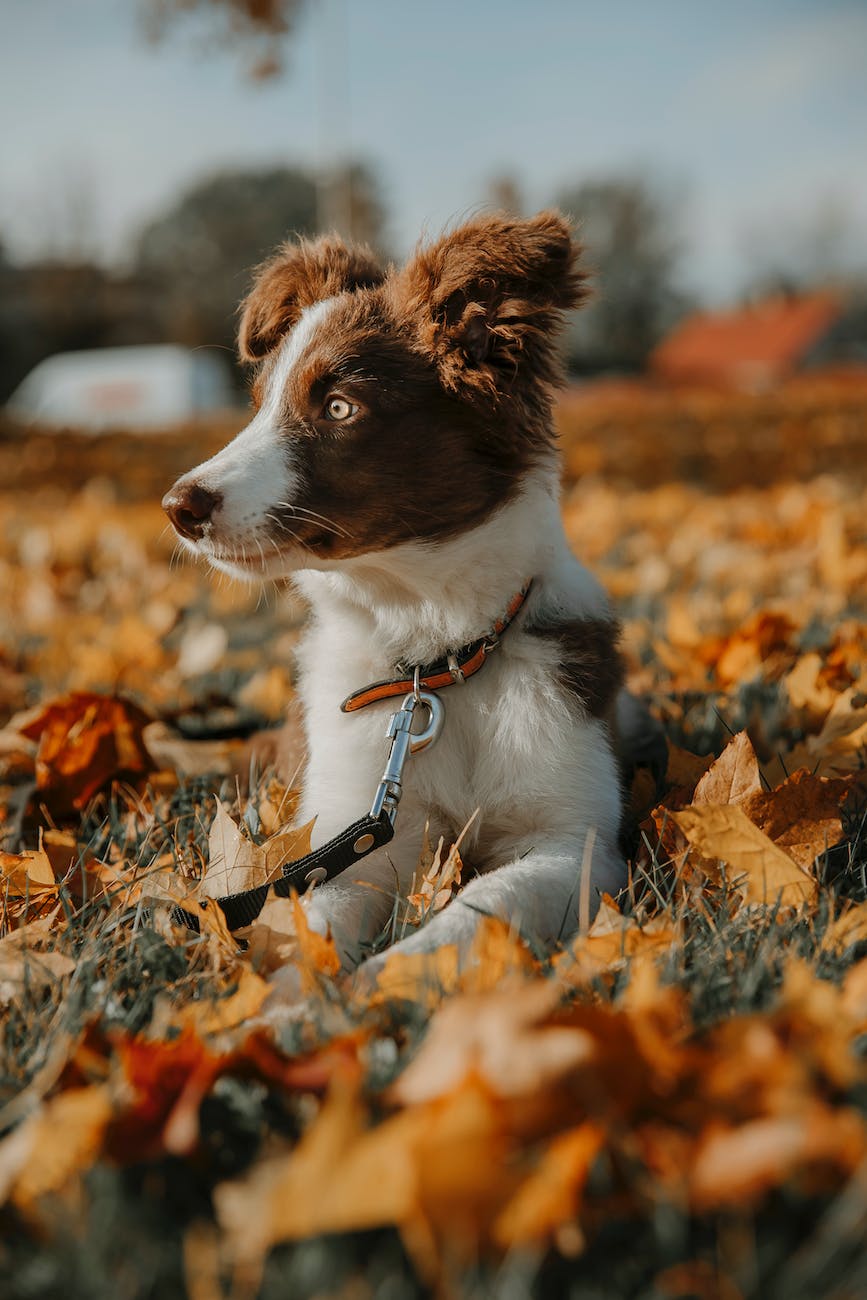There is a chill in the air and the kids are back to school. We’ve put our white pants away and started unpacking our sweaters and sweatshirts. Pumpkin spice is everywhere you turn and before long the leaves are going to change color and start falling. Autumn is a favorite season for many people, but it can come with some common Fall dangers for your pet.
Mushrooms
Certain types of mushrooms can be toxic for our pets and can cause vomiting, diarrhea, abdominal pain, tremors, seizures, liver and kidney disease. It can be difficult to identify which mushrooms are toxic or safe, so we recommend removing any mushrooms that may be growing in your yard. If you walk your pet, be hypervigilant for any mushrooms you could encounter.
Acorns
Acorns contain gallotannins, which if ingested in large quantities, can cause significant GI issues such as vomiting or diarrhea, lethargy and abdominal pain. Because of their size there is a risk of causing an obstruction in the GI tract. Another thing to consider is, if your pet steps on an acorn in the yard, it can injure their paw or get stuck between their paw pads. Raking the acorns from your yard will eliminate this risk.
Antifreeze
A common fall chore is to monitor and refill antifreeze levels in your vehicle’s radiator. Dogs and cats are attracted to the sweet taste of antifreeze that may be left in puddles on the ground. The lethal dose is low and toxic potential is high when ingested. Because the ethylene glycol is absorbed so quickly through the GI tract, that decontamination and treatment must be initiated within 3 hours of ingestion for cats and within 8 hours of ingestion for dogs, for a good prognosis. Signs of early ingestion include acting drunk or uncoordinated, excessive thirst, and lethargy.
Be sure to quickly clean up any spills. You can use cat litter, sand or a professional grade absorbent. Once the coolant has been absorbed, put on rubber gloves and wipe up the absorbent material with paper towels. Place the paper towels into a trash bag and immediately place it in a garbage can.
Compost Piles
Composting has become very popular recently, however poorly contained or maintained compost piles can be dangerous for your pet. With some exceptions such as raisins, grapes or xylitol containing product, most food put into compost bins aren’t directly poisonous to pets. Other compost risks include foreign body obstruction from food items such as fruit pits, watermelon rinds and corn cobs.
The process of decomposition, however, may result in the development of toxic material. Mold that grows on or in food products such as cheese, dog food and bread in compost piles may contain tremorgenic mycotoxins, which are harmful to animals. Signs of agitation, hypersalivation, elevated body temperature, panting, vomiting and ataxia are seen anywhere from 30 minutes to several hours of ingestion. These signs can progress to severe hyperthermia, tremors and seizures that require immediate veterinary care for the animal to survive.
Mothballs
Mothballs can be toxic when ingested. They come in three different formulations: naphthalene, paradichlorobenzene and camphor. Of these, naphthalene and paradichlorobenzene are the most common, with naphthalene generally considered to be the most toxic. Clinical signs include vomiting, lethargy, abdominal pain and seizures. Mothballs do not show up on x-rays which can make them difficult to diagnose. If you use them, make sure to keep them out of reach of your pets.
Hopefully this information will make you more aware of possible fall hazards. Our goal is to always keep our patients healthy and happy. So with this newfound knowledge, go and enjoy the fall season with safety and caution.
If you ever have any questions regarding your pet, please do not hesitate to reach out to Hill & Harbour Veterinary Center at (401) 398-7807 or info@hillandharbourvets.com.

